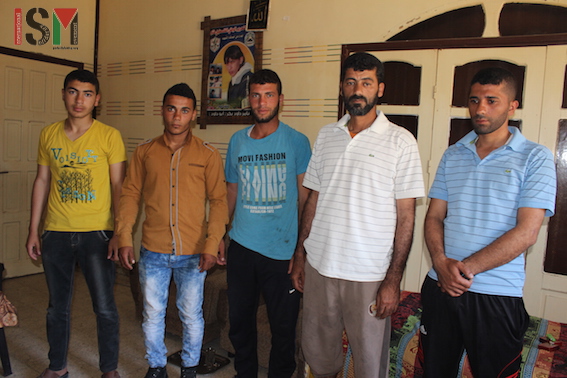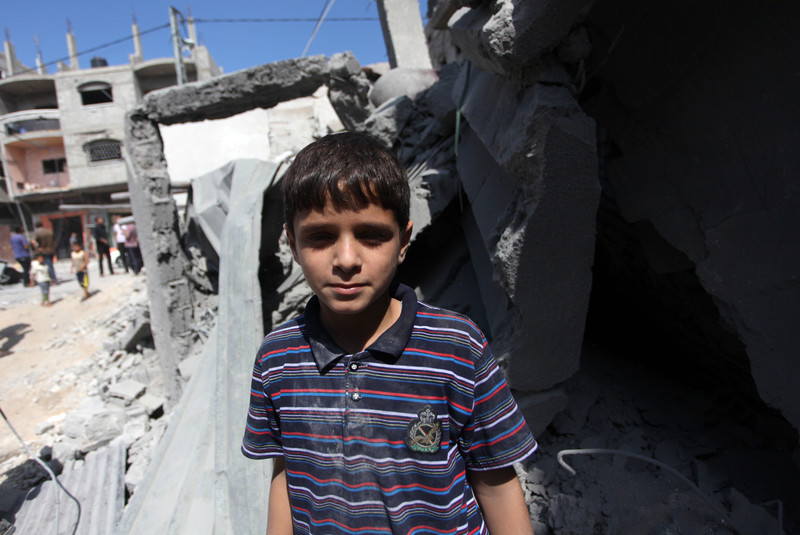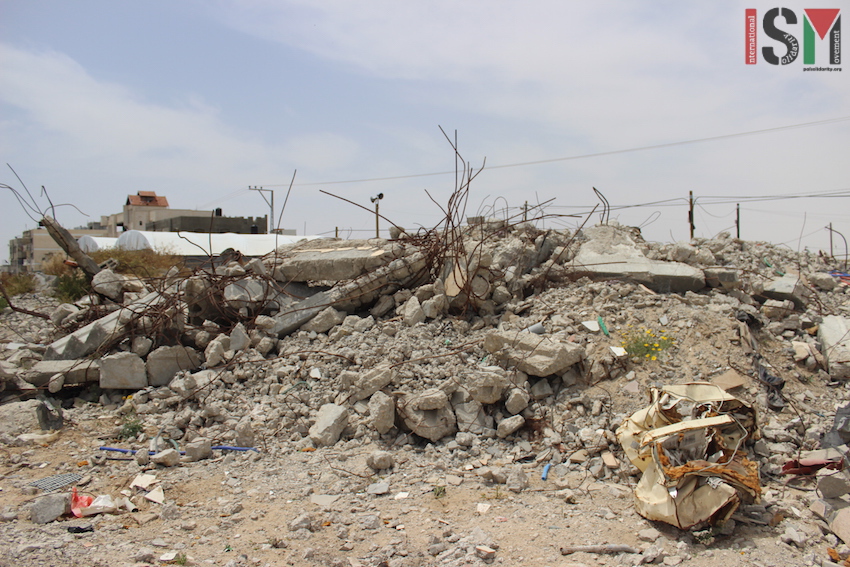Tag: Gaza
-
Attacks on fishermen continue in Gaza
13th June 2015 | International Solidarity Movement, Gaza Team | Gaza, Occupied Palestine During the last weeks, the Israeli military has been shooting at the fishermen of Gaza almost daily with rubber coated steel-bullets and live ammunition. They also kidnapped 15 fishermen. Three of the injured and seven of the kidnapped belong to the Baker…
-
UN spurns Palestinian children
8th June 2015 | Hemaya Center for Human Rights | Gaza, Occupied Palestine FOR IMMEDIATE RELEASE UN spurns Palestinian children Ban Ki-moon’s decision not to include Israel on the list of violators of children’s rights twists the knife in the heart of every Palestinian parent, making it very clear that in the eyes…
-
Surviving in Gaza’s caravan houses
27th May | Miguel Hernández | Gaza, Occupied Palestine The family El Najjar was expelled during the Nakba from the Palestinian village of Salamah. This village was the subject of a total ethnic cleansing by the Zionist colonizers. Nowadays just ten houses remain from the almost 2000 that formed the village. In its place today we can…



